Lichun moxibustion has the best effect on acupoints such as Guanyuan, Zusanli, Dazhui, Shenshu, and Shenque, which can help promote yang qi, dispel cold and dampness, and enhance immunity.
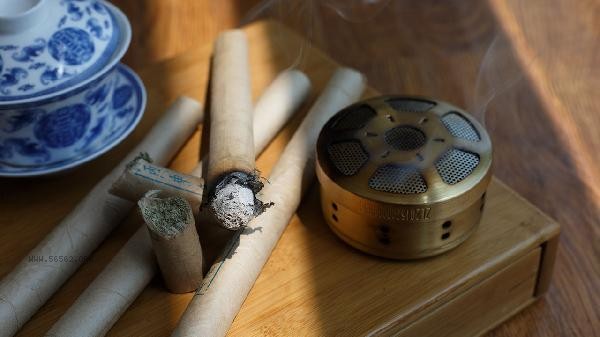
1. Guanyuan point
Guanyuan point is located three inches below the navel and is a key point in the Ren meridian. Moxibustion of this point can warm and replenish the lower Jiao Qi, improve symptoms such as Yang deficiency, chills, and menstrual disorders. Moxibustion at Guanyuan acupoint during the beginning of spring can help the human body adapt to the natural trend of rising yang energy, especially suitable for those with weak and cold constitution and prone to fatigue. It is recommended to use mild moxibustion during operation, with 15-20 minutes each time, and the skin should be slightly red.
2. Zusanli acupoint
Zusanli acupoint is located three inches below the knee and belongs to the Foot Yangming Stomach Meridian. Moxibustion at this acupoint can invigorate the spleen and stomach, nourish qi and blood, and alleviate common problems such as loss of appetite and indigestion in spring. This acupoint is called the "Changshou acupoint", and moxibustion at the beginning of spring can help improve qi and prevent seasonal colds. The rotary moxibustion method can be used, and care should be taken to avoid burns.
3. Dazhui point
Dazhui point is located in the depression below the spinous process of the seventh cervical vertebra, and is the intersection point of the Du meridian and the Hand Foot San Yang meridian. Moxibustion at this acupoint can invigorate yang qi, dispel wind and dispel cold, and has a significant improvement effect on neck and shoulder pain, headache, and nasal congestion that occur frequently in spring. It is recommended to use the sparrow pecking moxibustion method during operation, combined with opening and closing techniques to enhance the transmission of moxibustion sensation.
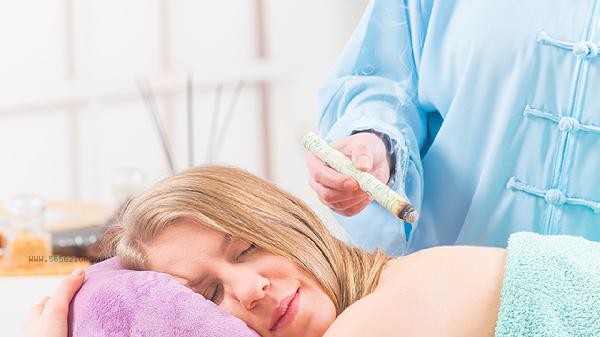
4. Shenshu point
Shenshu point is located 1.5 inches next to the spinous process of the second lumbar spine. Moxibustion at this point can warm and tonify kidney yang, strengthen the waist and knees, and improve symptoms such as lower back pain, tinnitus, and frequent nocturia caused by kidney yang deficiency. Moxibustion at the Shenshu acupoint during the beginning of spring can help the body store energy and cope with the cold of late spring. During operation, it is important to maintain a safe distance between the moxa stick and the skin.
5. Shenque acupoint
Shenque acupoint is located in the center of the navel. Moxibustion at this acupoint can harmonize the spleen and stomach, warm and promote Yuan Yang, and is particularly suitable for those with gastrointestinal dysfunction in spring. The ginger separated moxibustion method can be used to puncture fresh ginger slices and apply moxibustion on acupoints, which can enhance the warming and tonifying effect and prevent skin burns. Pay attention to avoiding wind and keeping warm after moxibustion.
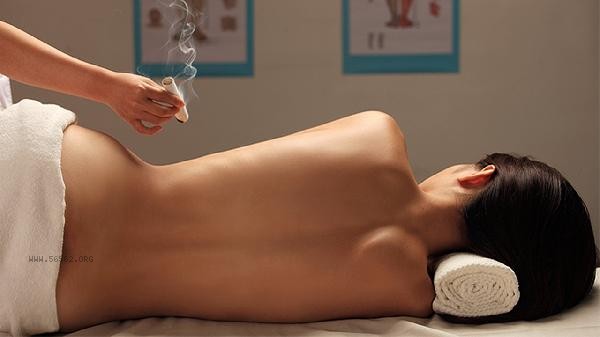
Spring moxibustion should pay attention to the differentiation of constitution, and be used with caution for those with yin deficiency and excessive fire. Before and after moxibustion, you can drink warm red dates and wolfberry tea to avoid eating raw and cold foods. During moxibustion, maintain a regular daily routine and engage in gentle exercises such as Ba Duan Jin and Tai Chi to promote the development of yang qi. If symptoms such as dry mouth and tongue are caused by excessive heat, the amount of moxibustion should be reduced or paused. If necessary, consult a traditional Chinese medicine practitioner to adjust the plan. The environment for moxibustion should be warm and sheltered from wind. It is not advisable to take a shower within 2 hours after moxibustion to prevent the invasion of cold pathogens.

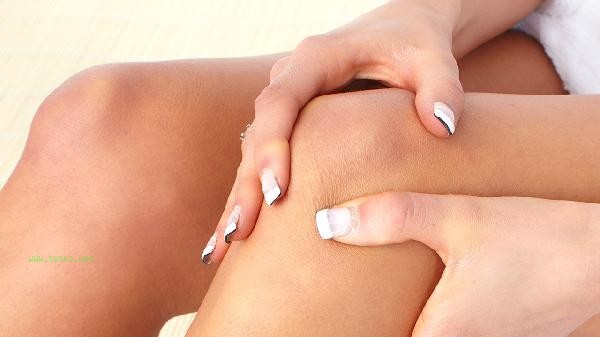
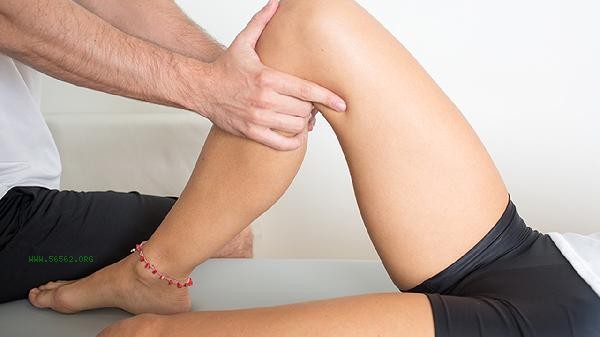
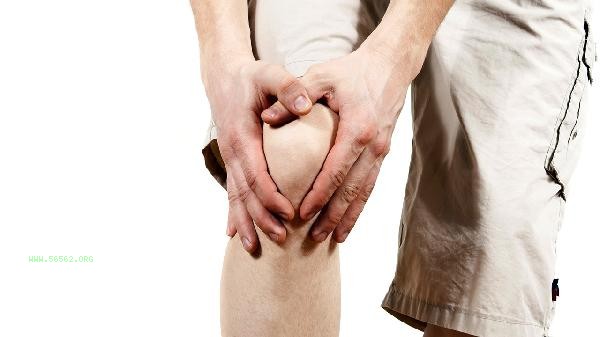
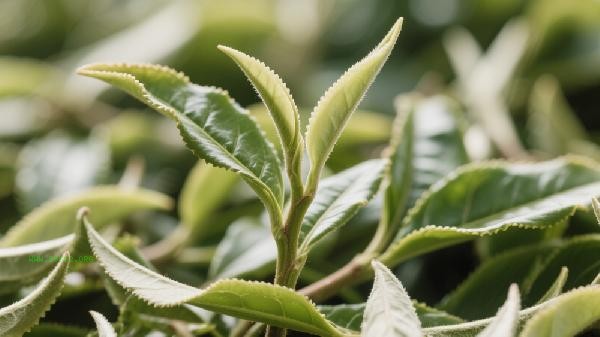
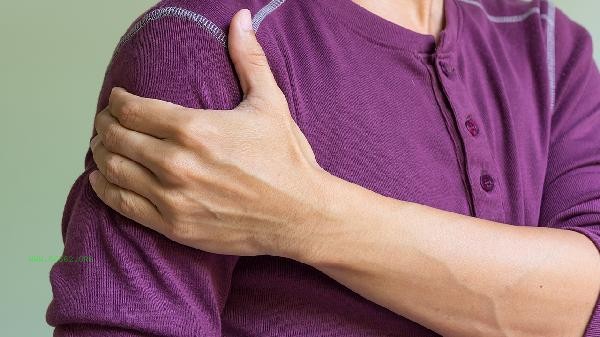


Comments (0)
Leave a Comment
No comments yet
Be the first to share your thoughts!